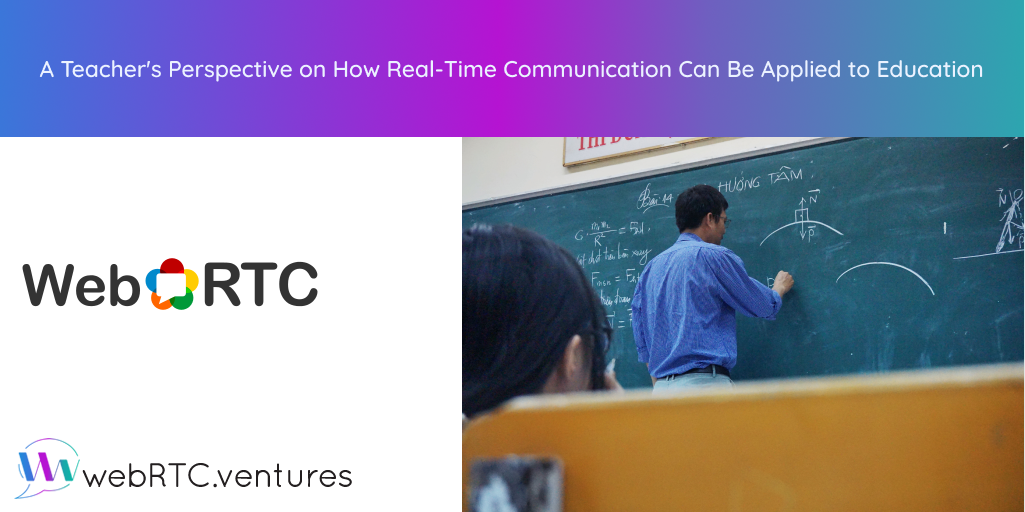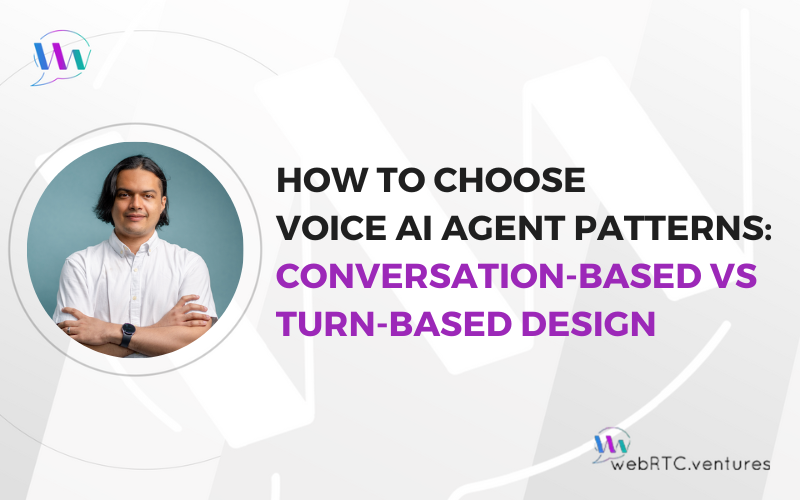Education in today’s connected world has become particularly challenging. Education is changing fast, and educational institutions face challenges keeping up with rapid advances in technology and students’ desire to use the latest technologies. Therefore, it is imperative for educators to constantly evolve, innovate and [go with the flow] in order to take advantage of the many opportunities that the internet has opened for all. This post will explore how real-time communication can be applied to education.
As educators, the need to translate current knowledge to students is of paramount importance and real-time based technology is our asset. We no longer need to rely on classroom limited capacity or physical boundaries.
Demand
As generations get ahold of resources and professional interactions, the demand for higher education is growing. In addition, current generations expect more online experiences whether it be shopping, banking, entertainment or telehealth. Education is no different. Educational institutions are recocnizing the demand for e-learning and are jumping to offer what students want.
Use Cases
The main goal behind online learning is to get closer to students, reach a greater number of students and allow this knowledge to perpetuate more in time.
Live Video
In order to communicate with the students in real-time, there have been many options like blog posts, chat rooms or knowledge based sites but a face-to-face online session has no rival when it comes to fully taking advantage of time and energy to present information about topics to be covered. With the help of tools, like chats or hand raising features, the students can tackle doubts or clarify specific aspects of the class.
Online Collaboration
As the content is easily duplicated from open sites or free resources online, collaboration is much harder to reproduce. By this we mean collaboration between fellow students through blog post entries, chat rooms, note taking collaboration, highlighting specific parts of the class through text or the video itself. Reviews and likes can be featured for the students to express how the class is going, thus, the class itself gets better every time. This type of online collaboration creates value.
Expert Knowledge
It is common for experts to create content easily found through bookmarks, personal blog entries online or posted videos. It is important that this knowledge is organized so that students can reach the experts that created it or tutors that understand it so that the lack of comprehension is removed in the process of learning.
Additional Ways Real-Time Communication Can be Applied to Education:
- Recruitment/Admissions/Financial Aid
- Enrollment/Orientation
- Tutoring Services
- Advising
- Student Services (Mental Health, Tech Support, Etc.)
- Academics/Curriculum/Research/MOOCs
- Extracurricular Activities/Athletics/Events
- Career Services
- Alumni Outreach/ Fundraising Efforts
Want to learn more about how real-time communication can be applied to education?
Contact us today Here at WebRTC.ventures we’ve invested more than 200,000 hours in building real-time applications using WebRTC and are happy to help you out!











